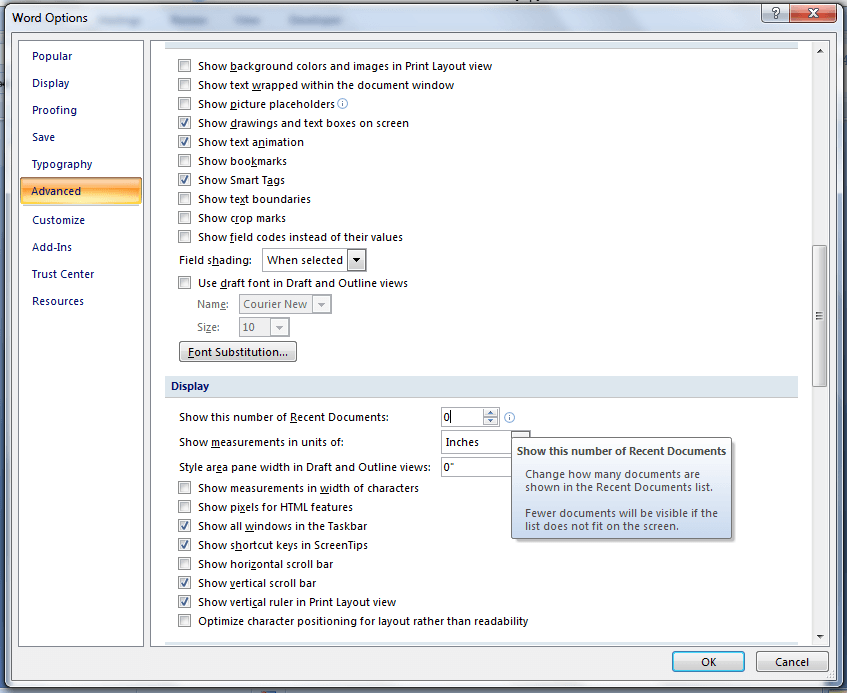
You could also check out this Python script that does some of this parsing automatically, but your mileage may vary. With some elbow grease, you can pull all the recent files out of this document. You can call Python from Excel via macros, and write user-defined functions. )īottom Line: Copy the file to a safe location. This library can be used to automate Excel via Python scripts or Jupyter Notebooks.

Each document compromises one numbered item under this plist key.Īs you can see, unfortunately the values for these keys are binary encoded, not plain text, so you need to paste the Value strings into a Hex editor to see the file names and paths. The example above is for Word, which corresponds to the MSWD code. Once you locate the proper set of keys, use File, Export to back up this section of the registry. Quit Outlook then open the registry editor from the Start menu, Run command by typing regedit, and then click OK. The list of recent items for each application is stored in the key File MRU. Many of the Most Recently Used (MRU) lists in Outlook can be deleted by editing the registry. domain names can be used to restrict file access to all individuals from that. If you open it up it will look something like this: For details, see Release notes for Microsoft Office security updates. Choose an appropriate folder to save to, give it a descriptive file name such as 'Word MRU Files Backup' and click the Save button. reg file to a location on your hard drive.
If you locate the correct settings, you have the option to change locations for. Left-Click the LiveIdThis file is in standard plist format, and can be viewed using the plist viewer built into Xcode. Click into the list view for which you wish to enable exporting. You just have to navigate to your options and find the advanced file settings.

The recent documents for all Microsoft office products are stored in a preferences file (plist) in each users's library:


 0 kommentar(er)
0 kommentar(er)
